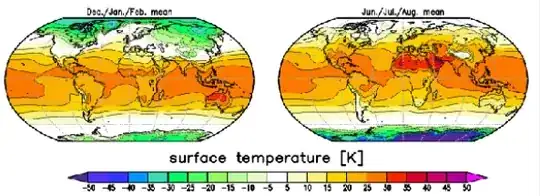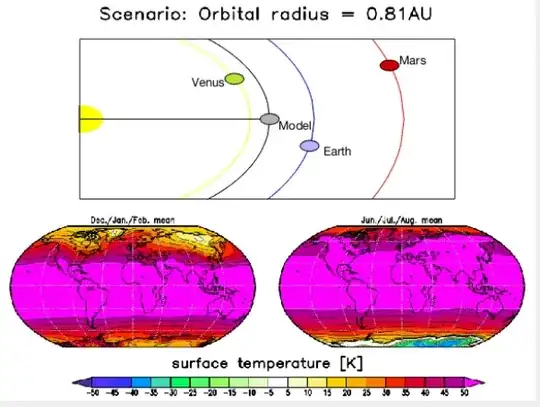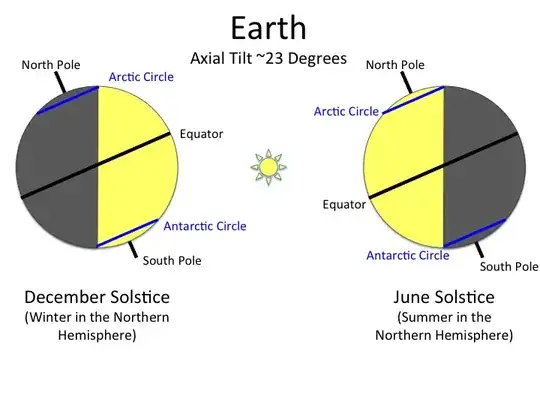So, first of all, earth has three types of poles: True Grid North, Astrological True North and Magnetic North and corresponding Southern equivalents. True Grid North is the point where a cartograph grid of a planet would place the prime meridian's intersection with the 90th degree of latitude. Astrological True North is the point around which the planet's rotation occurs, and Magnetic North is the location where a planet's magnetic field is north.
It's important to note that while the first two are fixed locations, the later one is constantly shifting over time and will one day be located close to either True South.
Now, as I said in comments, on earth the poles aren't ice and snow because of atmospheric water, but rather are snowy and ice because it's cold. Both polar regions get very very little rainfall (well, snow, sleet, hail) annually, despite being absolutely covered in the stuff. This is because they are not in positions that would favor perciptation, because, being so cold, the atmosphere cannot hold as much water, so very little water vapor will reach these locations before precipitating.
This is the problem with your entire model. Water vapor is atmosphere is measured by humidity and how much water can be held in atmosphere in a given location is dictated by a number called the "Dew Point" which is a 100% saturation. When this occurs, water vapor turns to liquid and falls from the sky... or forms droplets on items close to the ground. The dew point is not a fixed point, as it changes not only based on the temperature of an area, but also the air pressure. The colder and denser the air.
The other thing about deserts is that they are very hot... but only during the day. Remember deserts lack the amount of atmospheric water to precipitate. Well in Earth's Atmosphere, atmospheric water works to keep heat trapped... but since deserts lack that, they get cold at night.
YOu also have a problem that your atmosphere looks remarkably like Venus, which, thanks to its ~96% CO2 and ~4% N2 atmosphere, it has an impressive heat retention that makes the surface of Venus is a balmy 867 °F. We don't know if Venus had a sufficient amount of water comparable to Earth, but if it did, it's long stopped being able to rain it out.
All that said, if you want polar liquid water, it's not that hard. All you have to do is make the lowest point on the planet the polar regions. Water flows down hill, so as long as your poles are the lowest point, it will go to those spots.



Antarctica and the Artic are both deserts because they both have very little annual precipitation. This is despite the fact that they are covered in frozen water. The Ice Caps aren't there because it snows a lot they are there because its cold enough to freeze the water that does manage to get there.
– hszmv Nov 16 '22 at 16:42